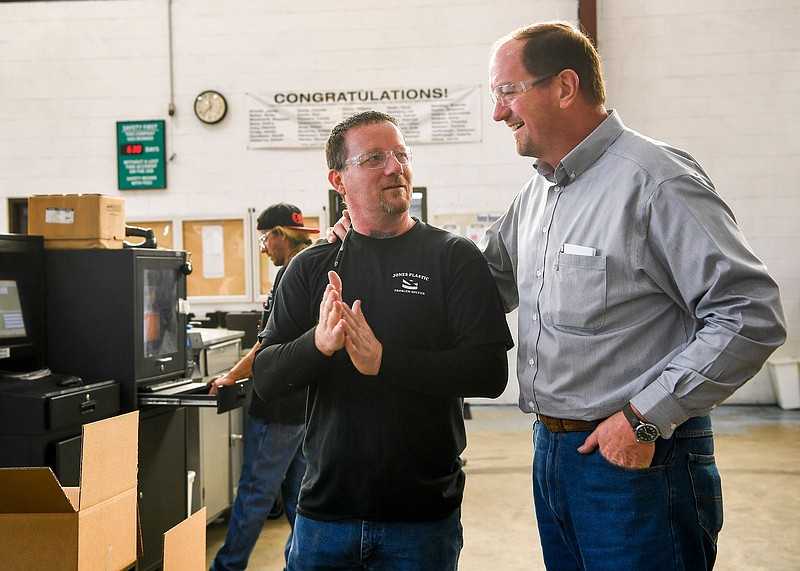CAMDEN, TENN. - It is no longer difficult for Jones Plastic & Engineering Plant Manager Eric Hicks to notice when an employee develops a drug addiction. Their mood goes dark, their physical appearance declines and they are frequently absent, often after pay day.
So he asks them about it. If they open up about their drug use, another manager might fire them. But Hicks has learned to approach things differently. He tells them about treatment options and assures them their job awaits them when they get clean.
His response to drug abuse stems from concern for his 225 employees making plastic molding - but also from necessity. In rural Benton County, with a limited population and heavy drug use, terminating each offender is untenable when there is a growing company to operate.
Read more at our news partner's website, tennessean.com.
By the numbers
TN Unemployment rateOctober 2017: 3 percentTN Labor Force Participation rateOctober 2017: 60.6 percentOctober 1990: 63.3 percentOctober 2000: 64.9 percentOctober 2007: 64.1 percentU.S. Labor Force Participation rate in November 2017: 62.7 percentRates of opioid prescriptions dispensed per 100 persons in 2016 by stateHighestAlabama: 121Arkansas: 114.6Tennessee: 107.5LowestHawaii: 41.9New York: 42.7California: 44.8Highest rate by counties in Tennessee1. Clay: 1892. Claiborne: 1893. Henry: 1894. Cocke: 1885. Fentress: 1796. Dyer: 1797. Sequatchie: 1758. McNairy: 1749. Grundy: 17210. Scott: 170
